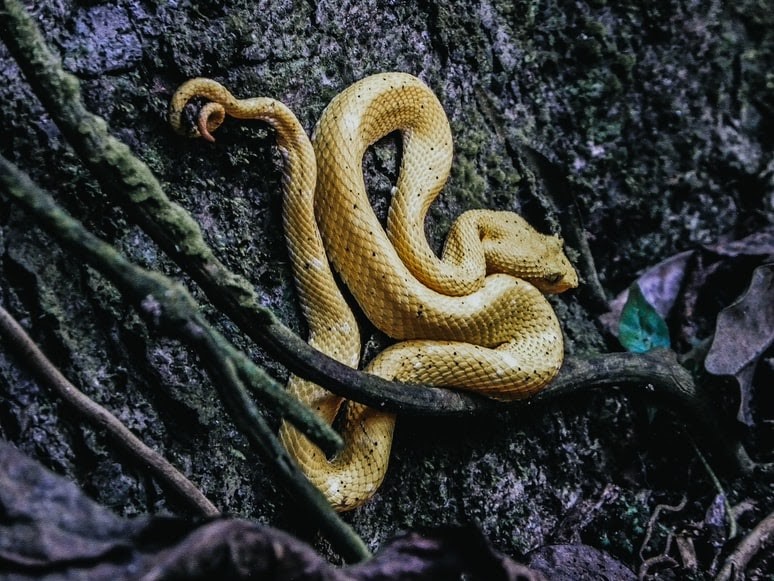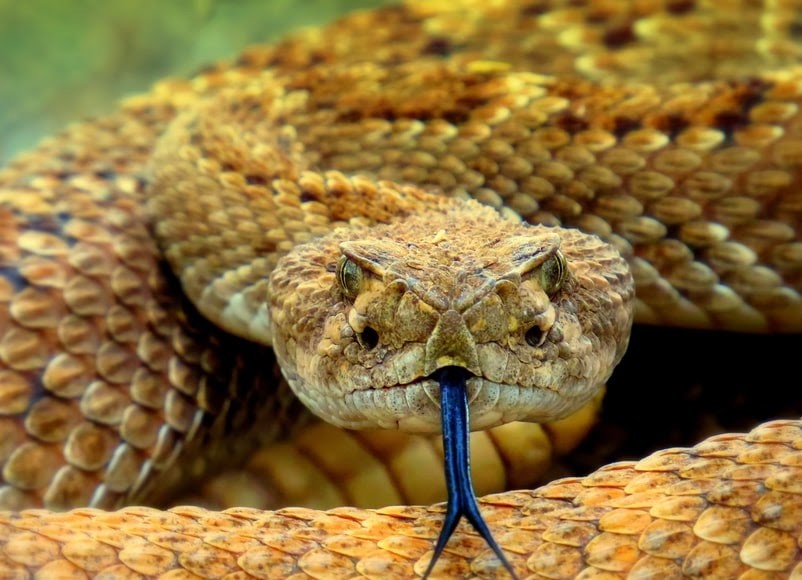Snake Bite Treatments
Going outdoors is fun activity families and friends can enjoy and bond. The outdoors is a beautiful place that takes you away from the hustles and the bustles of everyday routine. In the outdoors, there are many dwellers that can be either harmless or harmful. Snakes are one of the most dangerous animals you will get to encounter when outdoors. Even in households sometimes snakes hide and waits for their next prey. Thus, if you live in a place where there are many poisonous snakes, it is only right to know the right protocols and it’s advised to have a proper first aid kit for snake bites on hand.
The Two Major Groups of Poisonous Snakes
Elapids (Cobra Family)
There are about 300 venomous species of elapids. Krakits, mambas, coral snakes, and sea snakes are the most common that you will possibly encounter in your area. Elapids have typically short fangs right at the front of their upper jaw. Elapid venom is neurotoxic that can substantially harm the body tissues or blood cells. Thus, people who get bitten can suffer from paralysis of the heart and lungs.
Vipers
Vipers have more than 200 different species. Pit vipers, rattlesnakes, copperheads, water moccasins, cottonmouths, and old-world vipers are the most common yet also the most dangerous. Vipers have long hollow fangs attached to the movable bones in their upper jaw which is hidden away behind their mouths when not in use.
Snake Bite Management and Treatment
- Remove all accessories such as jewellery and watches for they can possibly cut through the skin when the swelling starts.
- Keep the bite area below the heart to slow down the penetration of the venom through the bloodstream.
- Ask the victim to remain calm and still. The best position is to roll over to the side on recovery position. Moving too much will trigger the venom to move faster all throughout the body.
- Cover the bitten area with a clean and dry bandage. Use pressure to immobilise the bandage then use another set of bandages around the entire limb.
- Use antivenom to stop the penetration quickly. It is the ultimate cure for snakebites.

Signs of Serum Sickness Disease
If you took a shot of antivenom, you may or may not experience some negative reactions such as:
- Rashes.
- Itching.
- Joint pain.
- Fever.
- Kidney failure.
- Swollen lymph nodes.
If in any case, you are experiencing one of these signs, it is important to call for professional help.
What shouldn’t you do when treating a snake bite?
- Don’t pick up the snake. It will increase your chances of getting bitten again. Dead snakes can still bite.
- Don’t apply a tourniquet.
- Never cut the wound.
- Never try to suck out the venom.
- Never apply ice or water to submerge the snake bite.
- Don’t drink any alcoholic beverages.
- Never take pain relievers.
What happens after you’re treated for a snake bite?
It is recommended for you to stay in the hospital for at least 24 hours so you can be monitored. If you have a large bite, a blood transfusion may be necessary. Additionally, if you are too antivenom, the side effects that you may experience must also be checked and monitored accordingly.
How can you prevent a snake bite from happening?
- Always watch out from where you place your hand and feet if you are living in a place where there are venomous snakes or when outdoors.
- Never reach into holes or underneath any objects or places that you are unsure of.
- Wear high-top leather boots when hiking or walking through dense vegetation.
- Never attempt to capture snakes.
- Take extra precautions when around swamps and places where snakes typically live.
- If you encounter a snake, just slowly back away without triggering them.
Snakes are very harmful animals that can cost you your life. It is important to stay away as much as possible. If you are going to places that they live naturally, try not to capture or try to kill them, they are also the dwellers of this planet, and they have the right to be where they are. The best thing humans can do is to simply avoid them.

